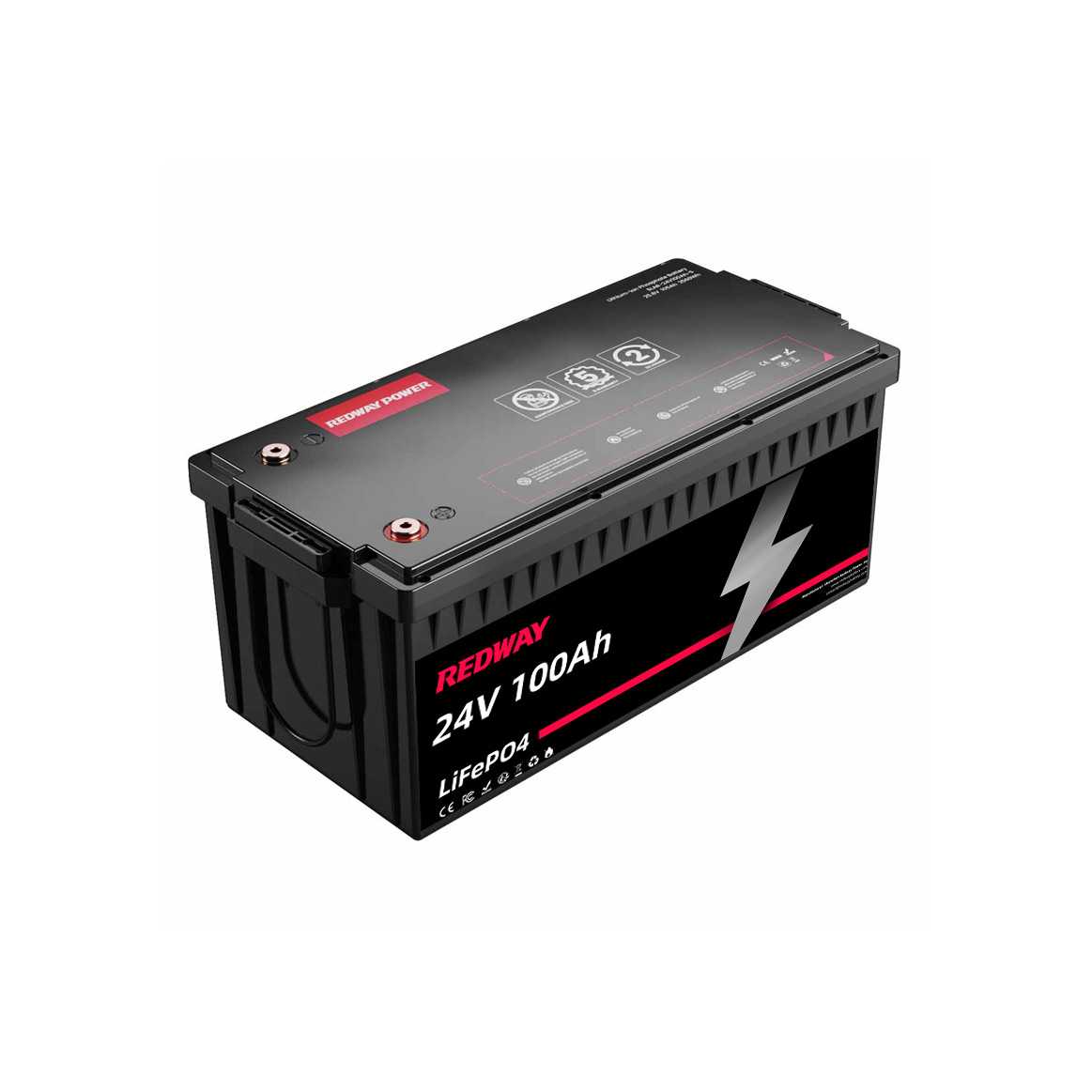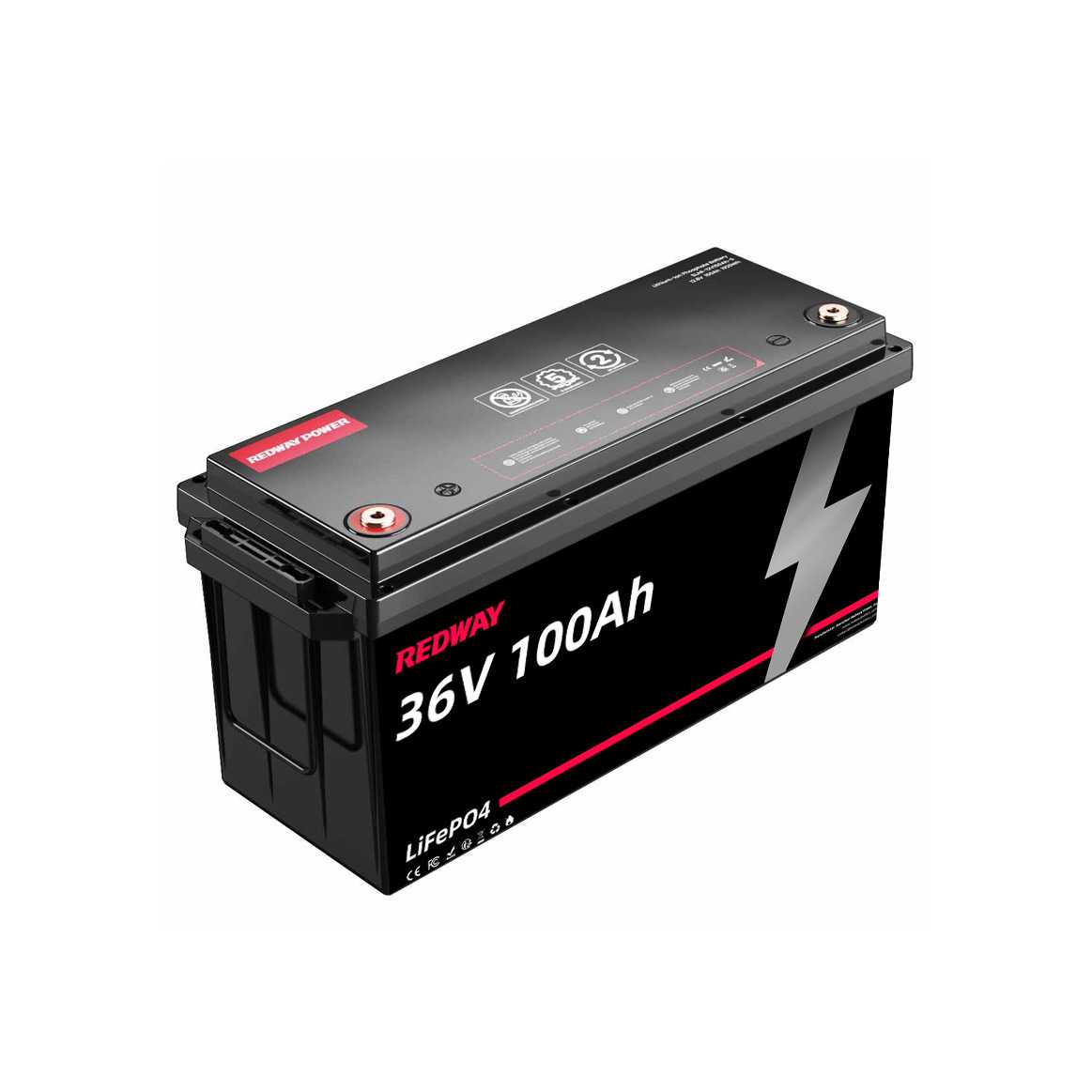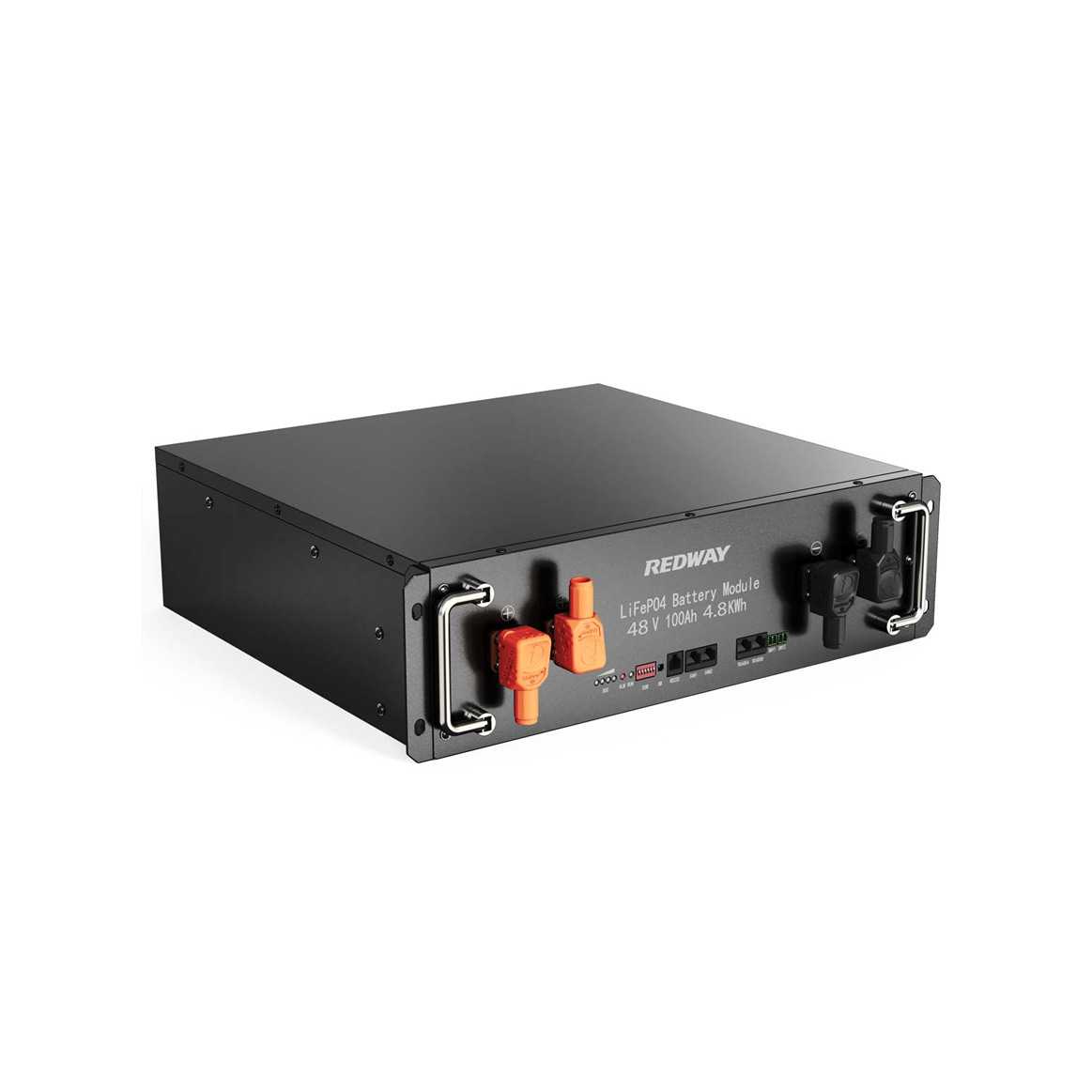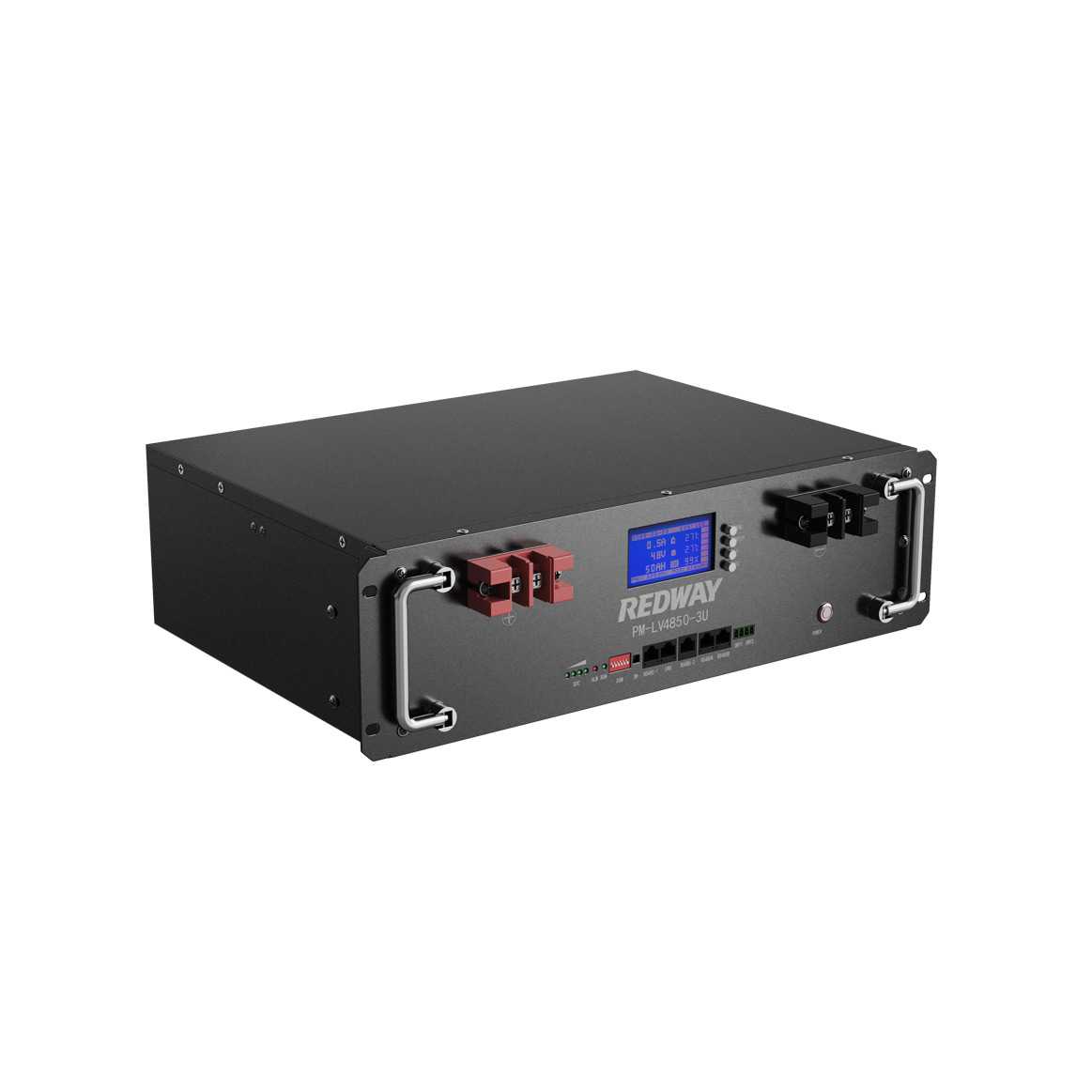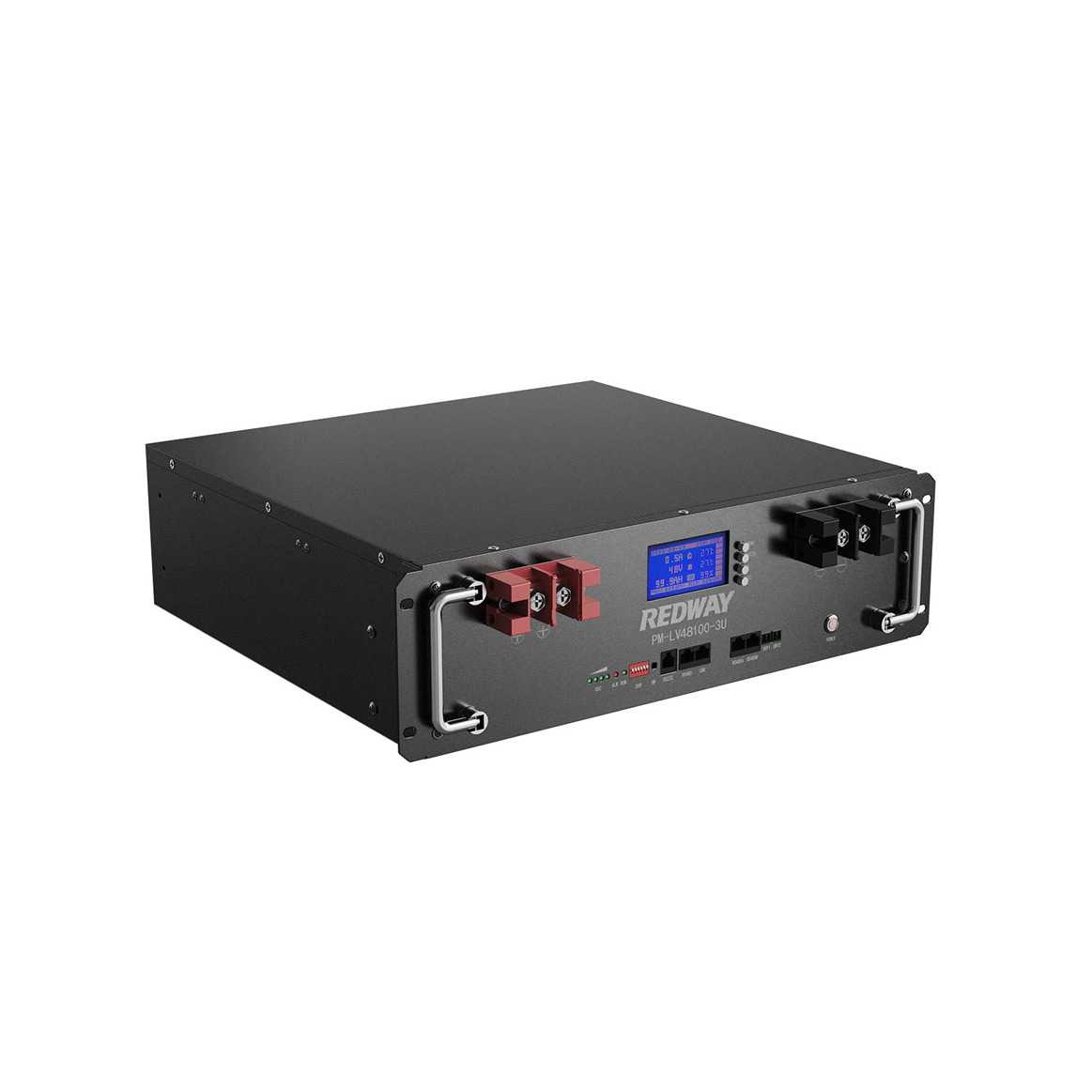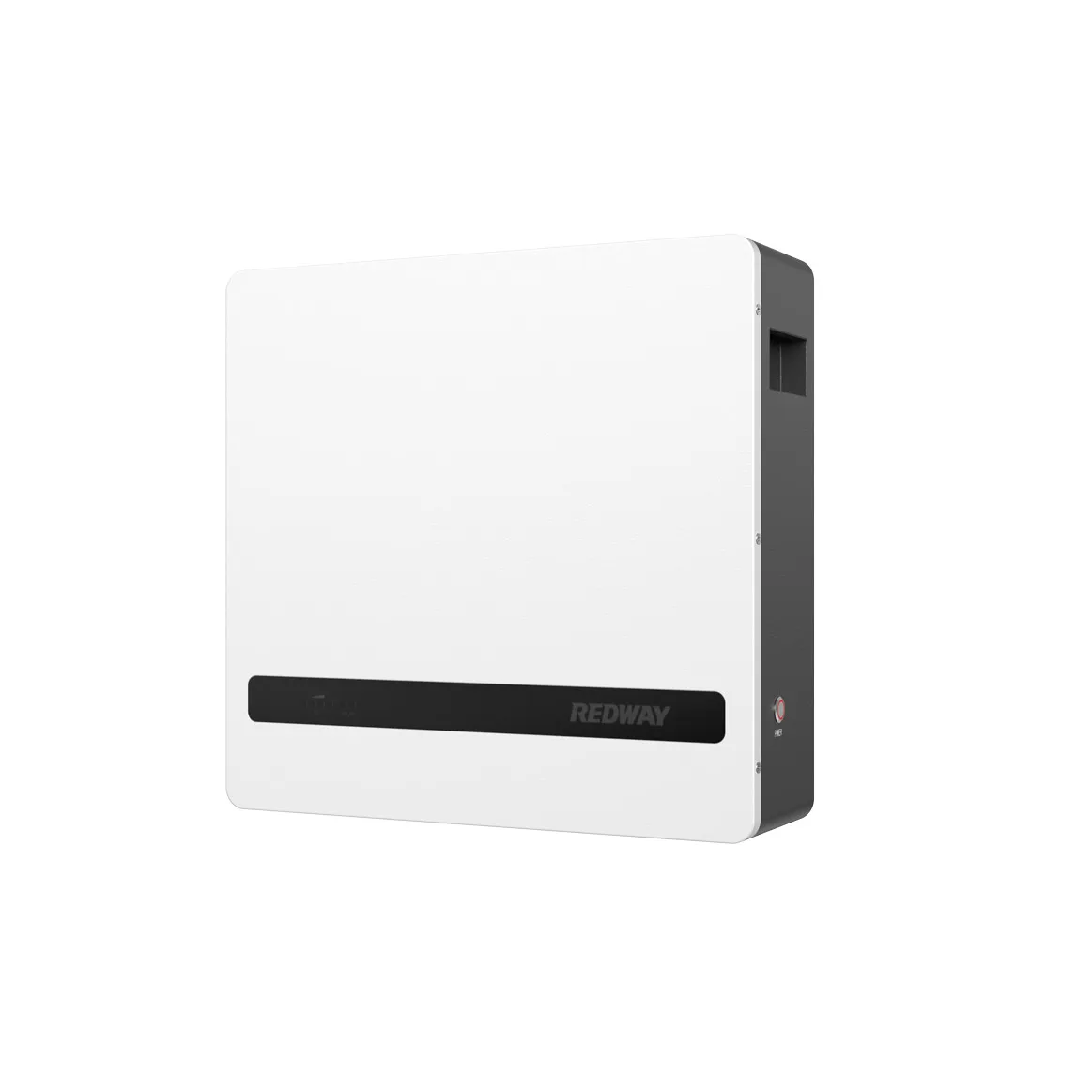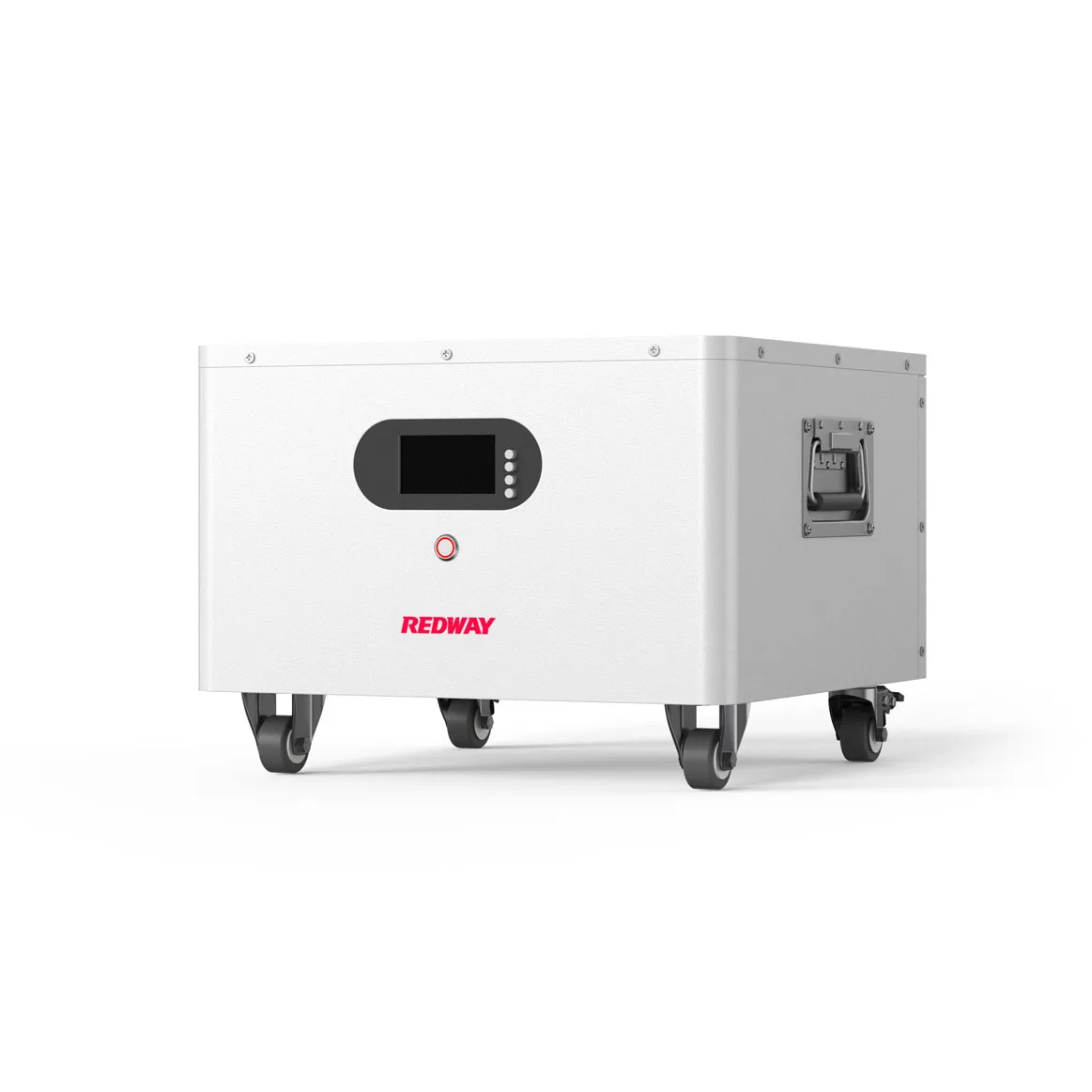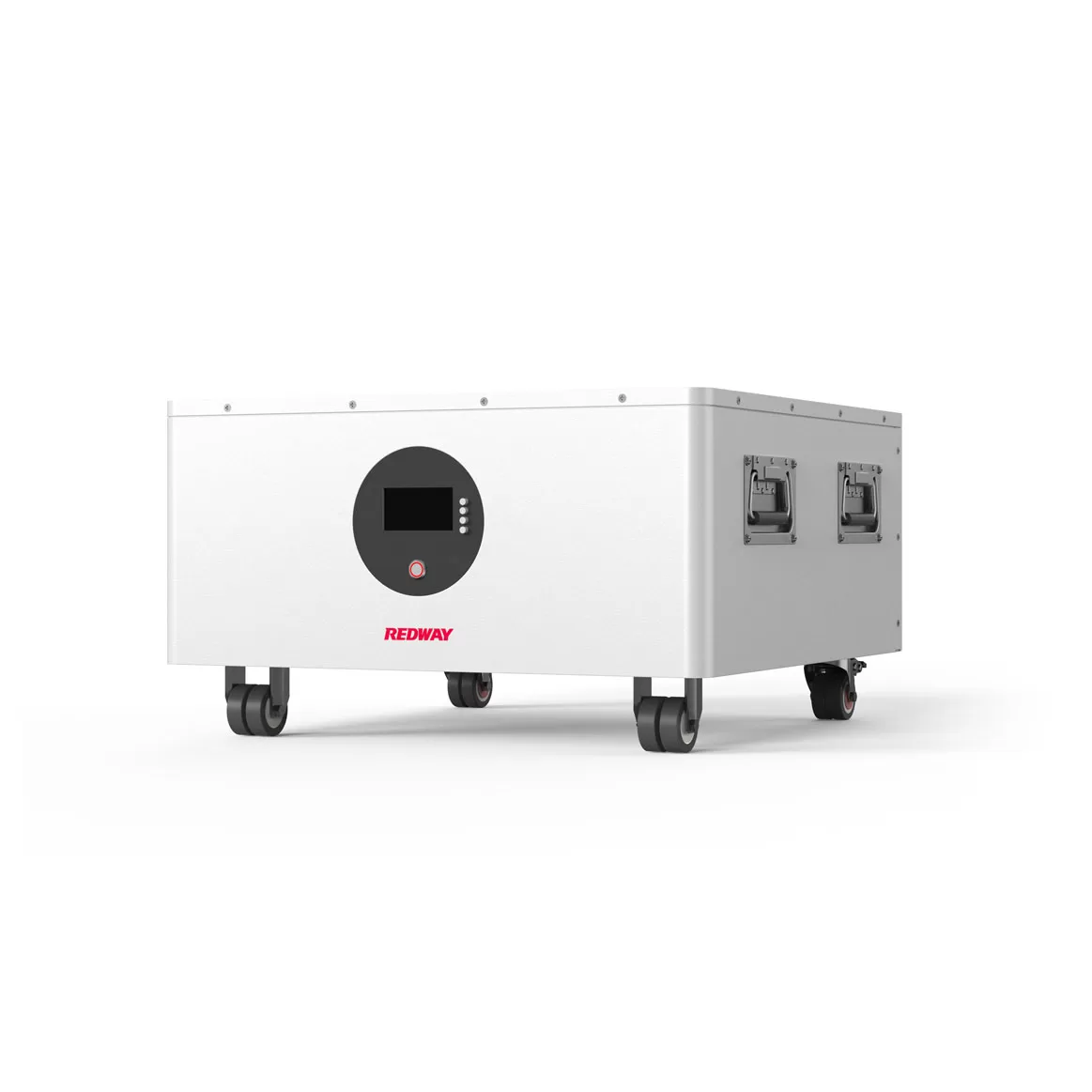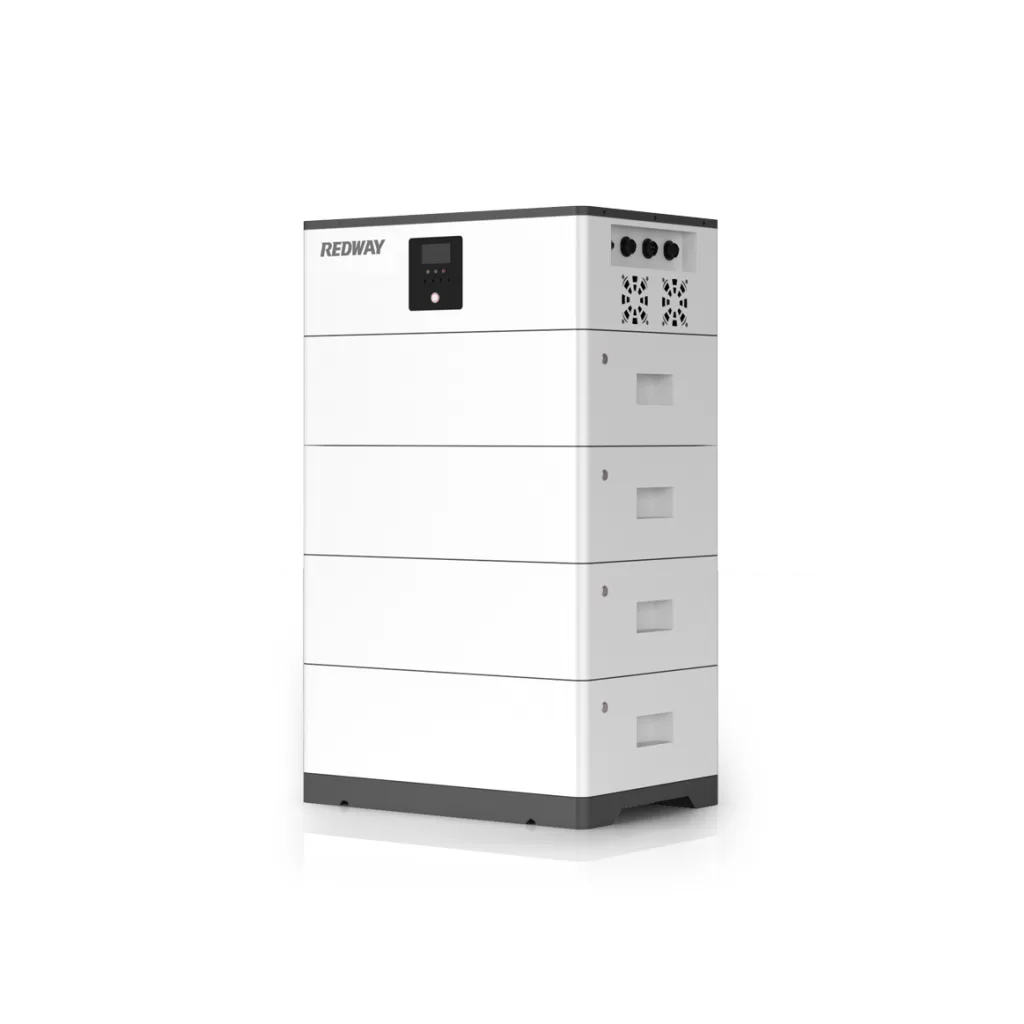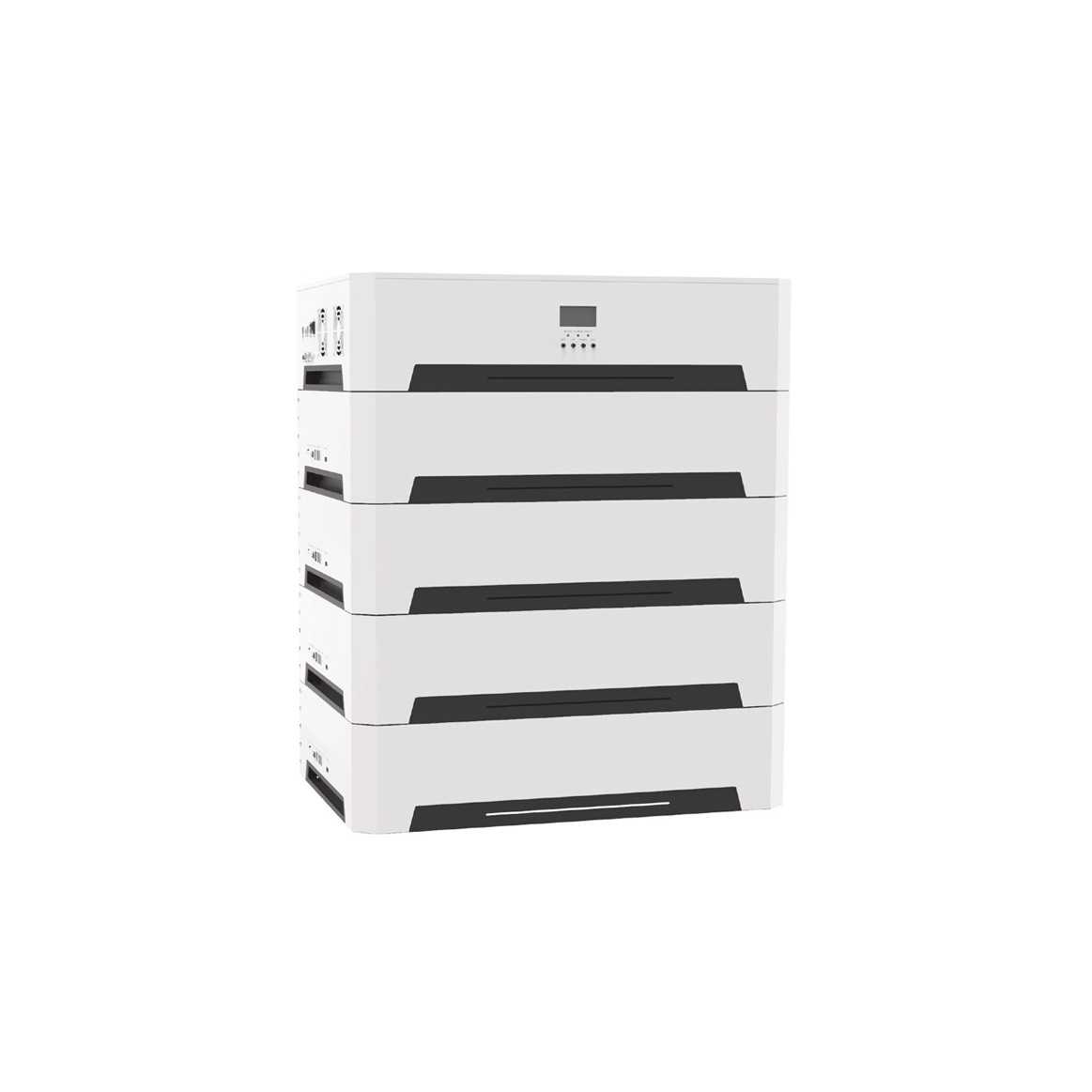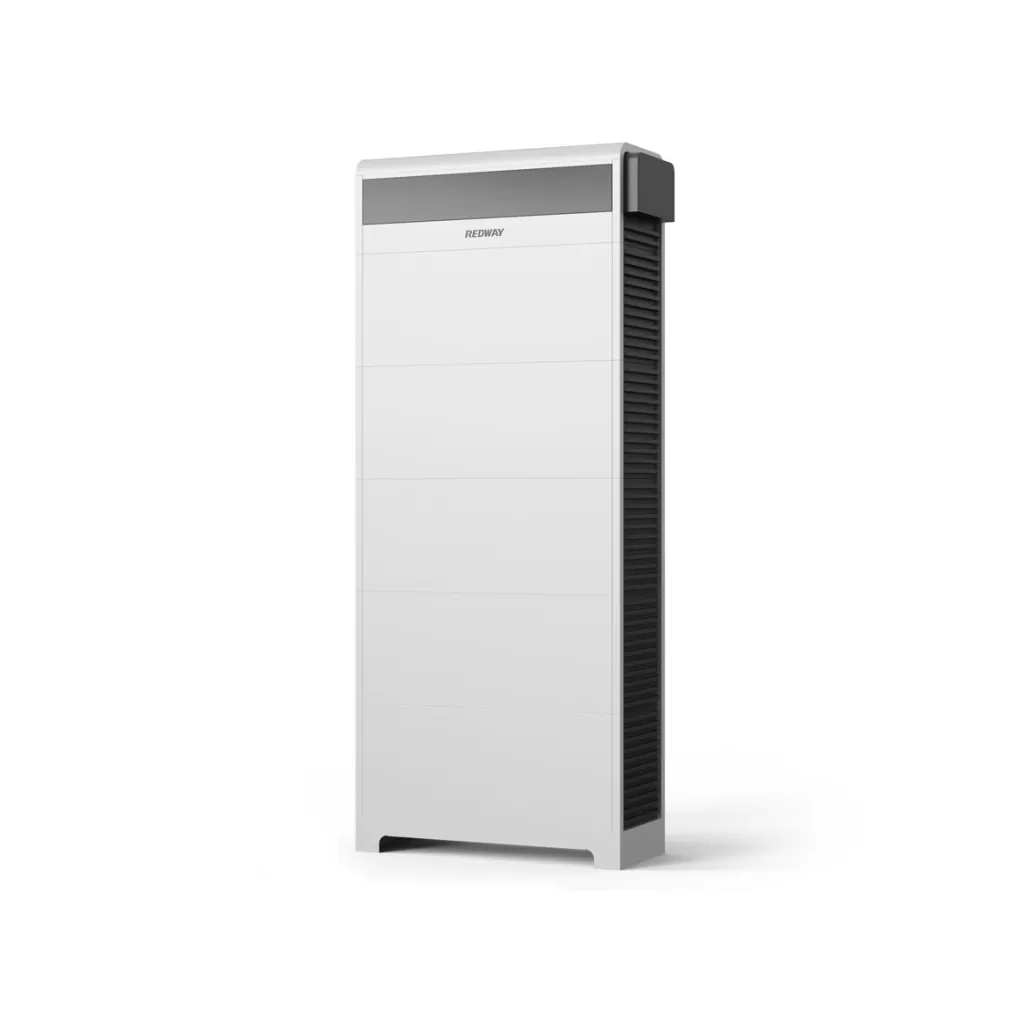لدينا جميعا بطاريات في منازلنا أكثر مما يمكننا الاعتماد عليه لأننا نعيش في عالم إلكتروني. في هذه الصفحة ، ناقشنا بالفعل المخاطر المرتبطة ببطاريات السيارات والليثيوم أيون ، لكننا لم نناقش بعد المخاطر المرتبطة بالبطاريات القلوية المنزلية الشائعة. مع انتشارها في حياتنا ، هل تشكل خطر نشوب حريق ، وهل يجب أن نكون أكثر حذرا من حولها؟

السبب الرئيسي للحريق هو انفجار البطاريات.
Table of Contents
Toggleوقال ديلان كو، المحلل في شركة الاستخبارات التقنية ABI Research، إن الدراجات الكهربائية والدراجات البخارية تستخدم بطاريات يمكن أن تكون أكبر بنحو 50 مرة من تلك الموجودة في الهاتف الذكي. “لذلك عندما يحدث حريق ، يكون الأمر أكثر خطورة” ، قال خو.
تستخدم جميع بطاريات الليثيوم أيون مواد قابلة للاشتعال ، ومن المحتمل أن تكون الحوادث مثل تلك الموجودة في برونكس ناتجة عن “الهروب الحراري” ، وهو تفاعل متسلسل يمكن أن يؤدي إلى حريق أو انفجار كارثي ، وفقا ل Khoo.
قال خو: “يمكن أن تحدث هذه العملية بسبب ارتفاع درجة حرارة البطارية أو ثقبها أو حدوث عطل كهربائي مثل ماس كهربائي”. “في الحالات التي تحدث فيها الحرائق تلقائيا أثناء الشحن ، فمن المحتمل أن يكون ذلك بسبب عيوب في التصنيع.”
وفقا لكيربر ، فإن عدد الحرائق القائمة على بطاريات الليثيوم أيون يتزايد بسرعة في كل من الولايات المتحدة ودوليا ، خاصة عندما يتعلق الأمر بالدراجات الإلكترونية والدراجات البخارية الإلكترونية ، بسبب زيادة الطلب على هذه المنتجات أثناء الوباء.
قالت كيربر: “بعد بدء Covid ، ارتفع استخدام السكوتر بشكل كبير ، خاصة في أماكن مثل مدينة نيويورك ، لعمليات التسليم”. “بدأ الناس يدفعون الكثير مقابلها وتحولوا إلى الشركات المصنعة التي لديها مراقبة جودة أقل مع أنظمة البطاريات. مصنعو الجودة لا يواجهون مشاكل “.
قالت كيربر: “سيستمر ذلك في الحدوث حتى تكون هناك لوائح حول جودة هذه الأجهزة”.

من غير المحتمل أن تشتعل النيران في البطارية القلوية العادية من تلقاء نفسها في منزلك. ولكن ، إذا تم الاحتفاظ بالبطارية في الجهاز لفترة طويلة ، فقد يؤدي ذلك إلى تسرب محتوياتها ، مما قد يؤدي إلى نشوب حريق. يعد تقصير البطارية غير المؤمنة بشكل صحيح أسلوبا آخر لإشعال النار.
حتى البطاريات ذات الجهد المنخفض ، مثل خلية AAA ، لديها القدرة على إشعال حريق في ظل الظروف المناسبة. ومع ذلك ، سواء تم استخدامها بشكل روتيني أو حفظها في عبواتها الأصلية ، فهذا أمر غير محتمل. يجب أن تتلامس الأطراف السلبية والإيجابية لهذه البطاريات من أجل حدوث ماس كهربائي ، مما يؤدي إلى نشوب حريق (أو سلسلة من الأشياء المعدنية مثل العملات المعدنية في الجيب). نتيجة لذلك ، تبدأ الدائرة في امتصاص الطاقة الكهربائية ، والتي تظهر كحرارة لأنها غير مطلوبة لتشغيل أي أجهزة كهربائية.
هل سمحت بوقت كاف لتشغيل هذه الدائرة القصيرة؟ عندما تصبح البطارية ساخنة جدا ، تبدأ في اشتعال النيران بنفسها ، والتي تنتشر إلى العناصر القريبة. هذا يعني أنه يجب عليك تخزين البطاريات بعناية لتجنب نشوب حريق إذا لم تكن في الجهاز. لكن في هذه الحالة، نحن نتحدث عن حرارة تزيد بوضوح عن درجة الحرارة الطبيعية للهواء. إذا سمح للبطاريات بالنمو ساخنا جدا ، فقد تتعطل تماما ، أو تبدأ في الانتفاخ عند اللحامات ، أو تظهر فقاعات على السطح ، أو حتى تبدأ في الشرر ، وتشتعل فيها النيران ، وتنفجر.
If they come with a plastic cap, keep it on if it is there. If the original packaging is still available, keep the items in it. All unsecured batteries should have their contacts taped until you need them.
A battery won’t explode unless its inside temperature rises to the point where its contents expand to the point where they rip through the battery’s casing.
If there is a leak that allows contact between the electrodes and the outside air at a temperature of roughly 500 degrees Celsius, or 1000 degrees Fahrenheit, the cell may spontaneously catch fire.
Battery usage while cycling
All throughout the world, garbage trucks and recycling centers are catching fire. Our cherished goods from Apple, Samsung, Microsoft, and other manufacturers are powered by flammable lithium-ion batteries, which are the root of the problem. In addition to being dangerous, they are also difficult to disassemble, which lowers the value of e-waste and worsens the growing recycling problem.
Rechargeable lithium-ion batteries are widely used in modern devices such as smartphones, tablets, computers, earphones, toys, power tools, scooters, hoverboards, and e-cigarettes.
Lithium-ion batteries increase the power, slimness, and rechargeability of our devices, but they are expensive. These include cobalt, which is routinely mined in countries like the Congo inhumanely. And when lithium-ion batteries are crushed, pierced, ripped, or dropped, they have the potential to cause what the industry euphemistically refers to as a “thermal event.” A rupture in the very thin separator separating the positive and negative parts of these batteries causes a short circuit.

The Occupational Safety and Hazards Administration (OSHA) published an advise on the dangers of flammable lithium-ion batteries at work in 2019 and instructed businesses to include battery safety in their hazard manuals. In reaction to a 2018 report by the Consumer Product Safety Commission, which detailed over 25,000 battery-related fires and explosions involving more than 400 different types of battery-powered products between 2012 and 2017, they published a bulletin. Moreover, these fires generate dangerous gases such the suffocating carbon monoxide and the potent irritant fluoride gas. It has long been a problem in electronics recycling facilities that lithium-ion batteries occasionally fire or explode when pierced or shredded (recycling facilities frequently shred trash to make it easier to sift and melt down to basic components). It turns out that conventional recycling facilities also have a similar problem.
As a battery is carried down conveyor belts, through sorters, and into piles of rubbish, as is typical in a recycling center, it might be punctured by just being jostled in the incorrect direction. The lithium and electrolytes inside the battery will interact with the flying debris as a result, resulting in a spontaneous explosion. These fires are challenging to extinguish once they’ve been started because water doesn’t deprive lithium fires of oxygen; instead, it interacts with them.
Remote control’s battery exploding
The main cause of batteries leaking potassium hydroxide, which is an alkaline, not an acid, is simply putting old batteries inside of devices for too long.
Over time, and maybe as a result of temperature fluctuations in the environment, batteries have a propensity to bulge and leak the distinctive white corrosive flaky dust you may notice along the edges of battery bays. Combining brands or battery types might occasionally cause leakage, therefore it’s advisable to change batteries all at once as opposed to piecemeal. If you must remove the “battery acid,” put on safety gloves and do it carefully. You might want to take an additional protective measure by neutralizing the alkaline build-up with vinegar or lemon juice because potassium hydroxide is a caustic chemical that can irritate the skin, eyes, and respiratory system (both acids). Use a Q-tip or an old toothbrush to gently wipe the area clean.
According to Duracell, the best before date merely indicates how long the batteries will function when “stored under typical settings.” It is maintained in its original packaging, at room temperature, and in a dry place. Even if you spend more money on high-quality batteries these days, you still need to keep an eye on them; lumps and bumps are the first indicators of trouble.
Related Posts
- يمكن أن يؤدي تسرب البطاريات إلى مقدمة الحريق وأسبابه
- يشعر السكان بالارتياح بعد إزالة بطاريات الليثيوم أيون المنبعثة من الأبخرة من وارويك
- يستفيد نظام بطارية الرف من أنظمة تخزين الطاقة التقليدية
- يحتفل مهرجان Hola México السينمائي بالذكرى الخامسة عشرة لتأسيسه بتشكيلة ممتازة
- يجب معرفة المزيد حول بطارية LiFePO4 – المقدمة والمعنى
- وحدة بطارية الليثيوم LV5150-3U لبطارية الرف من بطارية Redway

